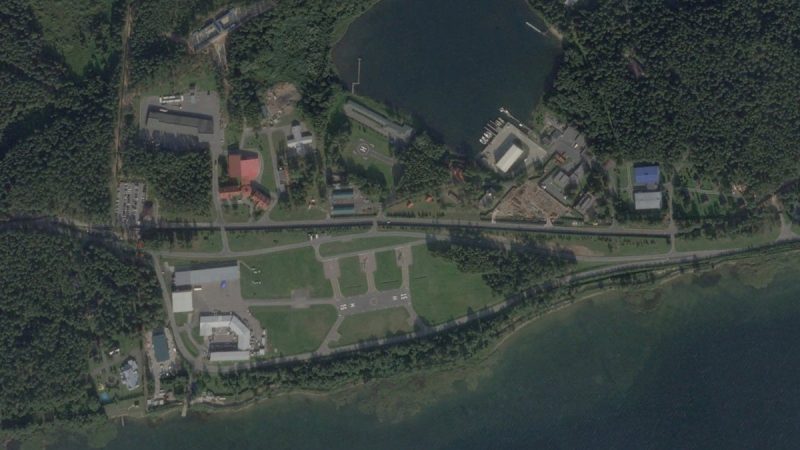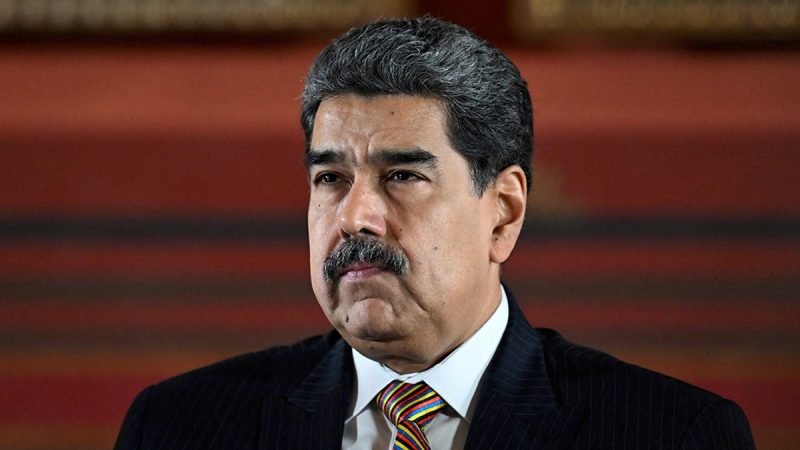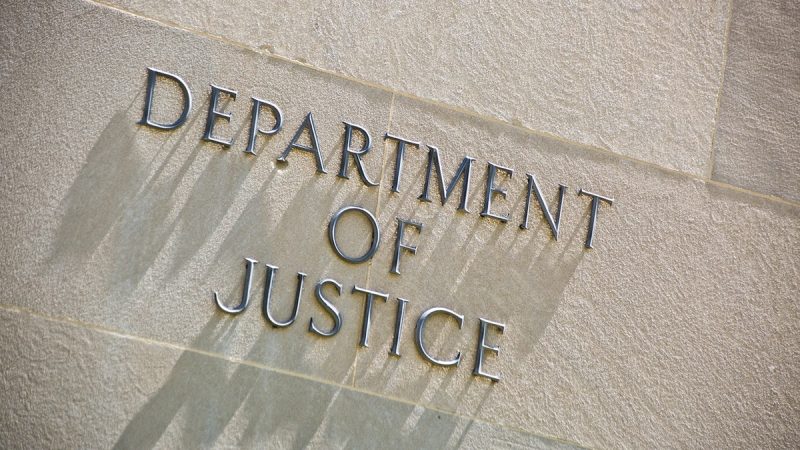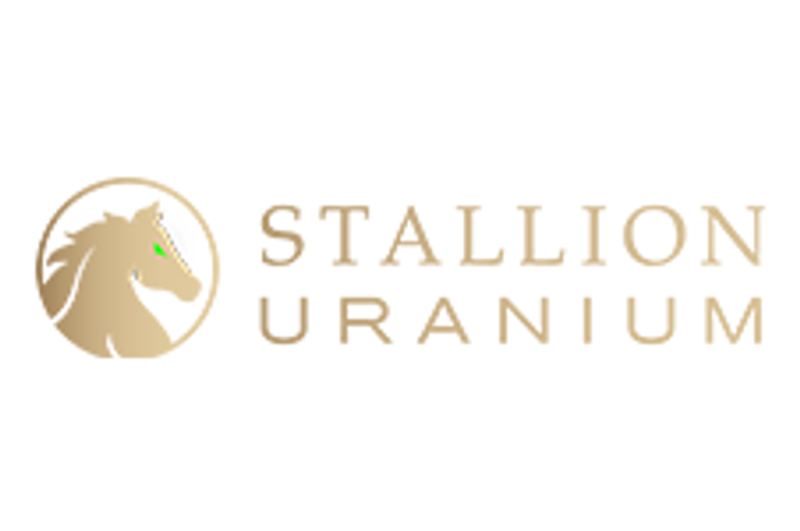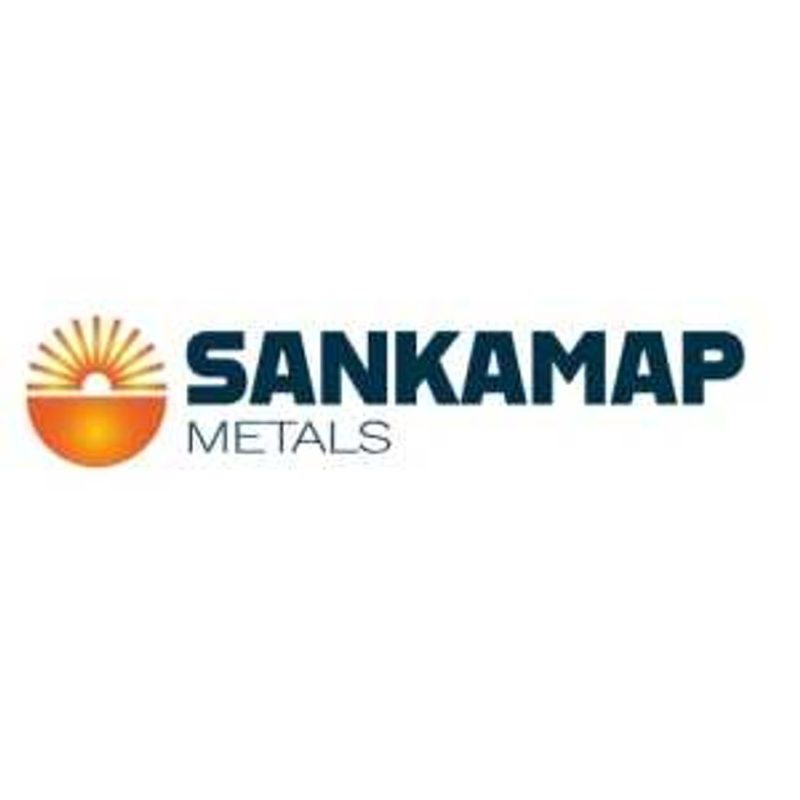Rio Silver Inc. (‘Rio Silver’ or the ‘Company’) is pleased to announce that it has settled an aggregate of $293,250 of indebtedness (the ‘Debts’) through (1) the issuance of an aggregate of 1,396,428 common shares of the Company at a deemed issuance price of $0.21 per share, of which 976,190 shares were issued to non-arm’s length creditors; and (2) the issuance of an aggregate of 420,238 common share purchase warrants entitling the holders to purchase an aggregate of 420,238 common shares of the Company at a price of $0.28 per share until December 31, 2028, none of which share purchase warrants were issued to non-arm’s length creditors. All common shares and share purchase warrants issued to settle the Debts will be subject to a hold period expiring May 1, 2026. Completion of the securities for debt transaction will allow the Company to improve its current working capital deficiency position.
About Rio Silver Inc.
Rio Silver Inc. (TSX-V: RYO | OTC: RYOOF) is a Canadian resource company advancing high-grade, silver-dominant assets in Peru, the world’s second-largest silver producer. The Company is focused on near-term development opportunities within proven mineral belts and is supported by a seasoned technical and operational team with deep experience in Peruvian geology, underground mining, and district-scale exploration. With a clear development strategy, and a growing portfolio of highly prospective silver assets, Rio Silver is establishing the foundation to become one of Peru’s next emerging silver producers. Learn more at www.riosilverinc.com.
ON BEHALF OF THE BOARD OF DIRECTORS OF Rio Silver INC.
Chris Verrico
President, Chief Executive Officer and a Director
To learn more or engage directly with the Company, please contact:
Christopher Verrico, President and CEO
Tel: (604) 762-4448
Email: chris.verrico@riosilverinc.com
Website: www.riosilverinc.com
Neither the TSX Venture Exchange nor its Regulation Services Provider (as that term is defined in the policies of the TSX Venture Exchange) accepts responsibility for the adequacy or accuracy of this release.
Cautionary Note Regarding Forward-Looking Information: This news release includes forward-looking statements that are subject to risks and uncertainties. All statements within, other than statements of historical fact, are to be considered forward looking. Although the Company believes the expectations expressed in such forward-looking statements are based on reasonable assumptions, such statements are not guarantees of future performance and actual results or developments may differ materially from those in forward-looking statements. Factors that could cause actual results to differ materially from those in forward-looking statements include market prices, exploitation and exploration successes, continued availability of capital and financing, and general economic, market or business conditions. There can be no assurances that such statements will prove accurate and, therefore, readers are advised to rely on their own evaluation of such uncertainties. We do not assume any obligation to update any forward-looking statements.
News Provided by GlobeNewswire via QuoteMedia




